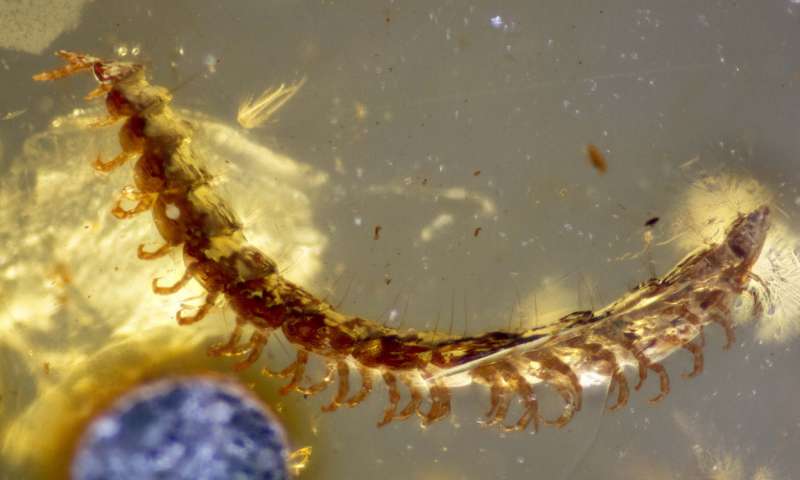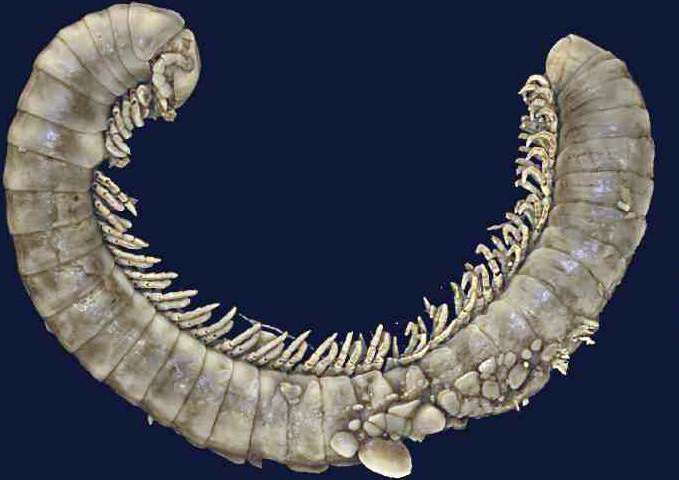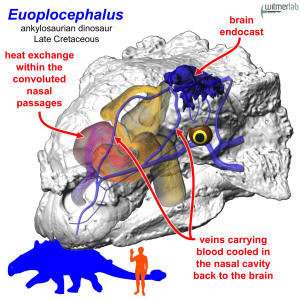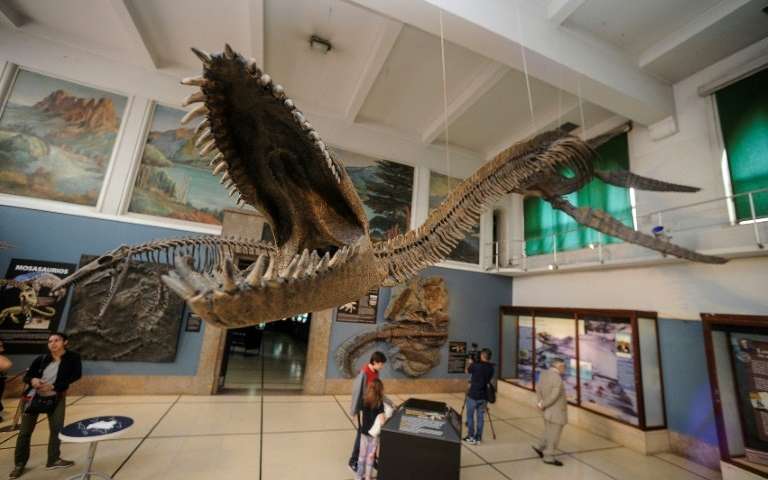At https://phys.org/print464518768.html … flying reptiles, such as the klobiodon, once littered the skies of what is now the UK, it is thought, after their fossilised remains (broken and fragmented) were found at Stonefield in Oxon. A new species of pterosaurus was also found – as large as a modern mute swan. The Stonefield slate deposit has long been a source of fossils. It belongs to the Great Oolite limestone formation and is not strictly slate – but frost damaged it formed slate shaped lumps of stone and was used as roof tiles in the Cotswolds. It remained a working quarry into the 20th century but is now a dormitory village of Oxford and very twee – as they say. Caroline Lucas the Green MP lived there until she was elected to parliament – which tells you everything you want to know. The descendants of the stone workers have long gone it would seem. Displaced by modern economics. However, the fossils are now in museums (as well as on roof slates) and these have recently been reassessed – hence the news story. Stonefield is situated 10 miles NW of Oxford, not far from Akeman Street, the Roman road from London to Cirencester. The remains of a villa were discovered nearby. Megalosauros was found here back in 1824 – given its name by William Buckland.
At https://phys.org/print464431195.html … we have the strange story of a shark biting a hole in a flying reptile's neck – leaving behind one tooth wedged up against a vertebra. Even nowadays shark hunt sea birds. The Pterodons of the dinosaur era had wing spans 18 feet wide and could land and take off from the surface of oceans and lakes etc.
At https://phys.org/print464439691.html … millipedes captured in amber …


… also from the dinosaur era (Jurassic and Cretaceous). Over 450 millipedes have ben found in Burmese amber and thousands may exist in private collections, mainly in China.
At https://phys.org/print464422379.html … big dinosaurs fighting with rivals over territory and female mates evolved a way to assist them to counter over heating of the skull (and brain). Nasal air conditioning. This appears to be a novel method as even now birds, mammals (including humans) rely on thin curls of bone and cartillage within their nasal cavities – the turbinates. Smell may be the primary function of noses but noses are also heat exchangers – making sure air is warmed and humidified before it reaches the lungs. Turbinates increase the surface area alowing the air to come into contact with more of the nasal wall. Dinosaurs didn't have turbinates but their noses were very long and twisty – and dealt with warmed and cooled respiral air …

At https://phys.org/print464499519.html …a pleisosaur from Patagonia is now on prominent display in an Argentine museum 1700 miles south of Buenos Aires. Four tones of rock were removed to unearth the marine fossil. The pleisosaur is 9m in length …

